In BPO
We all know computers and use them daily for entertainment, online shopping, and work. Nevertheless, the best laptop for Zoom meetings and videoconferencing will include the features and functions for videoconferencing

Management
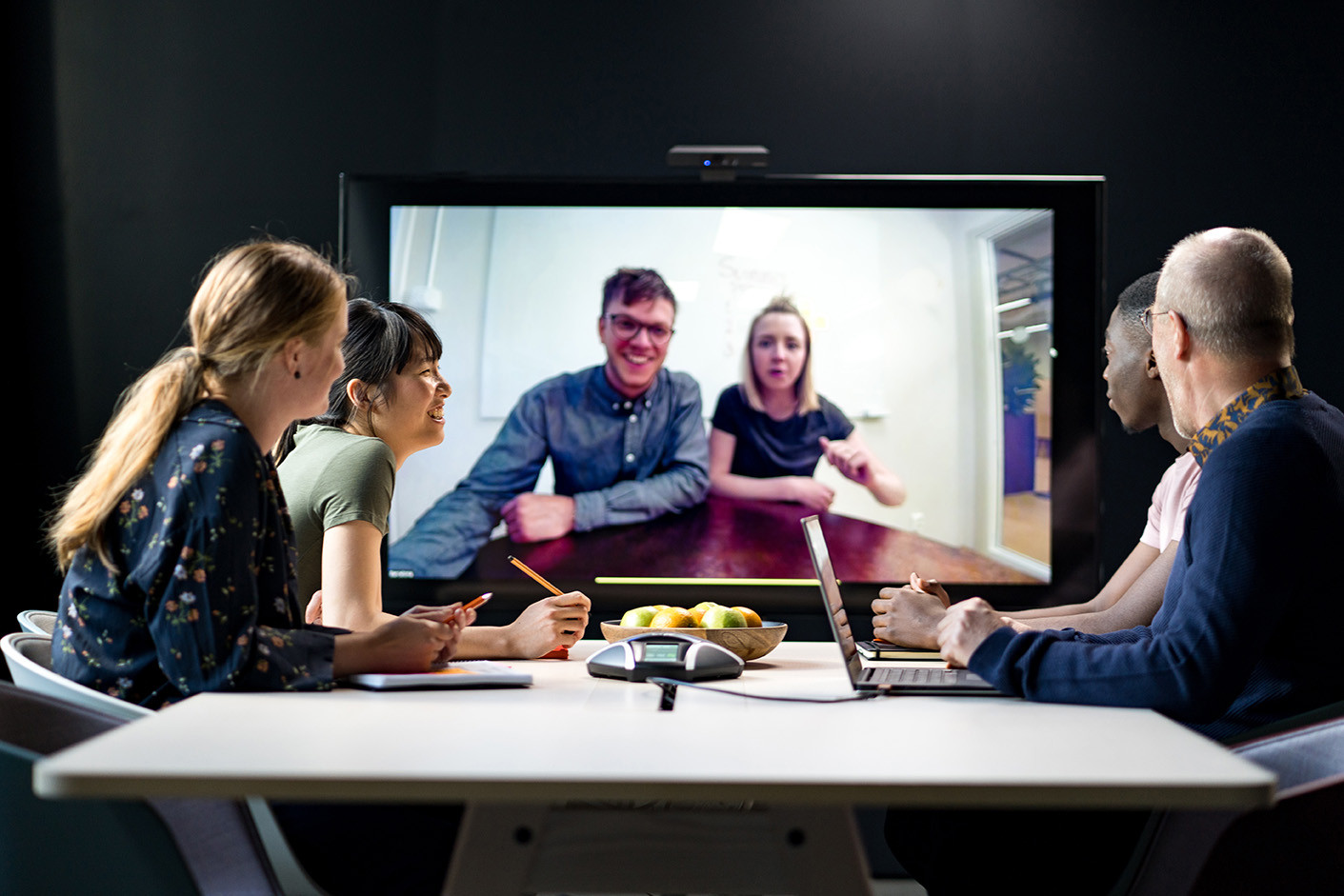
Laptop |
Pros |
Cons |
Price |
Buy |
|---|---|---|---|---|
Macbook Pro M1 |
Design, performance, camera | High price | $1700—$2500 | Check on Amazon |
Lenovo Flex 5 14" 2-in-1 Laptop |
"2-in-1" format, price | Max brightness not enough | $600—$900 | Check on Amazon |
Macbook Air M1 |
Design, performance, camera | Not all apps support M1 yet | $900—$1200 | Check on Amazon |
HP 15 Envy 11th Gen Intel Core i5 |
Weight, screen rotation function | Only one standard USB port | $1000—$1200 | Check on Amazon |
Lenovo ThinPad X1 Gen 1 |
Hybrid tablet format | Price; Keyboard is not convinient to use | $1600—$1900 | Check on Amazon |
Dell Inspiron 15 2021 Premium 15.6" |
Affordable price | Acoustics; volume level too low; cheap display matrix | $700—$900 | Check on Amazon |
Lenovo Ideapad 3 |
Affordable price | Low performance, low battery life | $450—$600 | Check on Amazon |
Microsoft Surface 3 |
Light-weight | Only 6 hours battery life | $1000—$1200 | Check on Amazon |
Asus VivoBook |
Low price; aluminium case; screen; low noise level | 1.8 kg weight | $400—$600 | Check on Amazon |
Acer Chromebook R11 Convertible |
Super low price | It's a Chromebook... | $300—$600 | Check on Amazon |
Many of us now work remotely or find ourselves in a situation where we need to tuck our shorts away and attend a Zoom meeting more often than ever. So if you're looking for a great Zoom laptop or the best video conferencing laptop, sit back; we have done all the research for you.
Videoconferencing is a great way to keep in touch with people who are far away. You can't shake hands or hug them, but you can still see their face and talk to them as if they were in the room with you. With videoconferencing, you can see the faces of team members or classmates and discuss your ideas.
After the post-pandemic era, working from home has grown significantly and video calling has become the new norm for online business meetings. You may already be using the same popular apps like Zoom, Microsoft Teams, and Google Meets to attend online meetings.
Macbook Pro M1
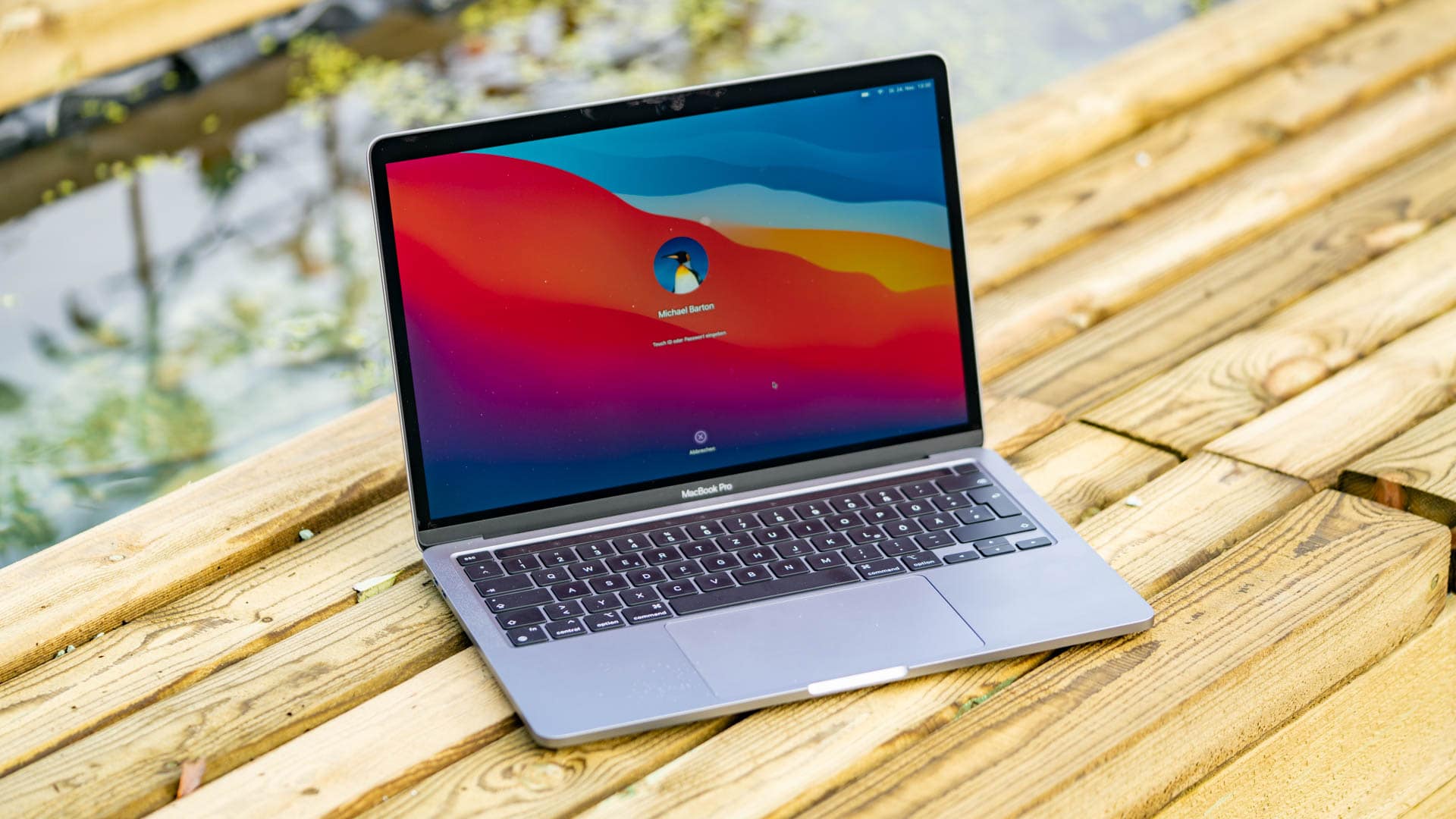
At the October presentation, Apple showed the first MacBook Pros for 14 and 16 inches on new versions of its own M1 Pro and M1 Max processor. The professional community has been waiting for these laptops since Apple's rejection of Intel.
For once, the ports were returned to the new "proshka", because of which many suffered when they were abandoned. Now the laptop has three USB-C Thunderbolt 4 connectors, an HDMI output and a card reader — this almost equalizes it peripherally with a macbook from 2015. The Thunderbolt connector is so fast that you can connect another dongle for the Internet via cable, USB-A connectors and anything you want.
The third important detail is the screen. It's very good: I can't say that the previous generation had any problems with it, but it's noticeable here that they solved the problem with the uniformity of the backlight and made it 20-30 percent brighter. This is important when working in daylight.
The critical detail for me personally that makes it probably the best laptop for video conferencing is the dimensions. I was worried whether the 16-inch version would fit into my backpack: it seemed larger than the previous model, but in fact the dimensions are almost the same. It easily fit into the compartment where the 2019 Pro was stored before it, while the weight increased by only 200 grams.
Lenovo Flex 5 14" 2-in-1 Laptop
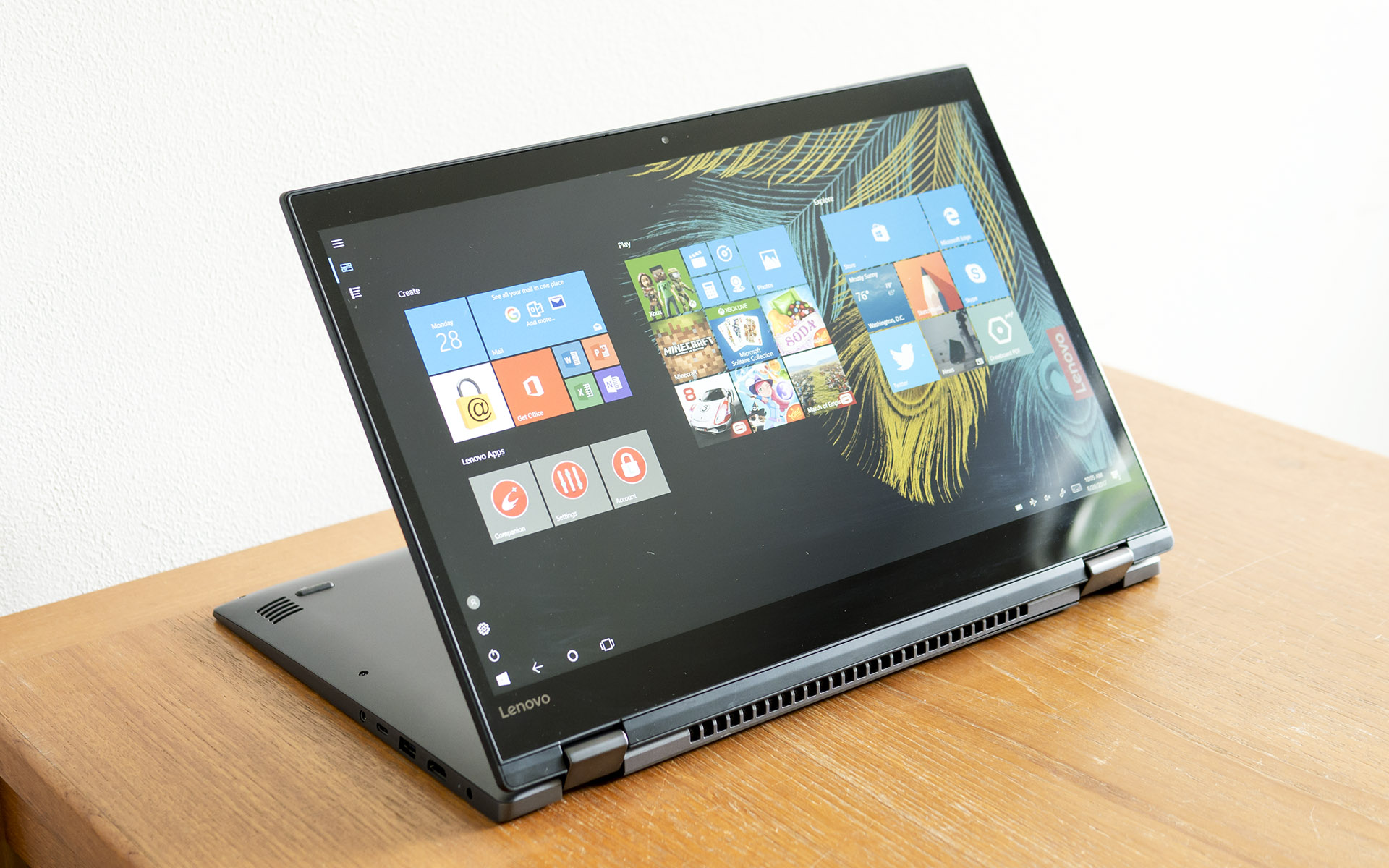
When it comes to laptops or video conferencing with a touchscreen display and a 360-degree flip cover, then most often I remember the Yoga family from Lenovo. It includes solutions with different screen diagonals and technical equipment, but the starting price tag, according to the official website, of $2000 for the most affordable Lenovo Yoga C740-14IML limits the range of potential users. This price segment was recently called upon to close Lenovo IdeaPad Flex 5 with Intel processors of the tenth generation.
The laptop is made in the "2-in-1" format. The hinges installed here allow you to flip the lid 360 degrees. The low cost did not negatively affect the quality of execution. Any of the selected positions of the lid is fixed steadily. But it is problematic to open the lid with one hand without holding the base.
In addition to the classic version of working with the lid open, it can be expanded and used as a frame for viewing multimedia content, reading social media feeds or documentation.
With a 360-degree tilt, it performs the function of a tablet. Touch control is available in each of these modes. Separately, we note the possibility of not only finger interaction, but also a stylus. It is purchased separately.
As in the case of the Lenovo IdeaPad 5 14ITL05 tested last week, there are no flashy decorative elements. The structure is assembled with a combination of plastic and metal.
There is a webcam on the upper frame. It is accompanied by a curtain to ensure privacy. Frames around the active area of the display with a characteristic width.
When pressed with increased force in the central part of the block, the surface bends. With normal printing, this is invisible. Touchpad with gesture support.
An IPS matrix with Full HD resolution is installed. The laptop screen makes a pleasant impression. There are no lights around the perimeter. You can find fault with the level of maximum brightness, in the summer when working outside, it will be problematic to disassemble the picture on it. The color coverage is wide.
Macbook Air M1
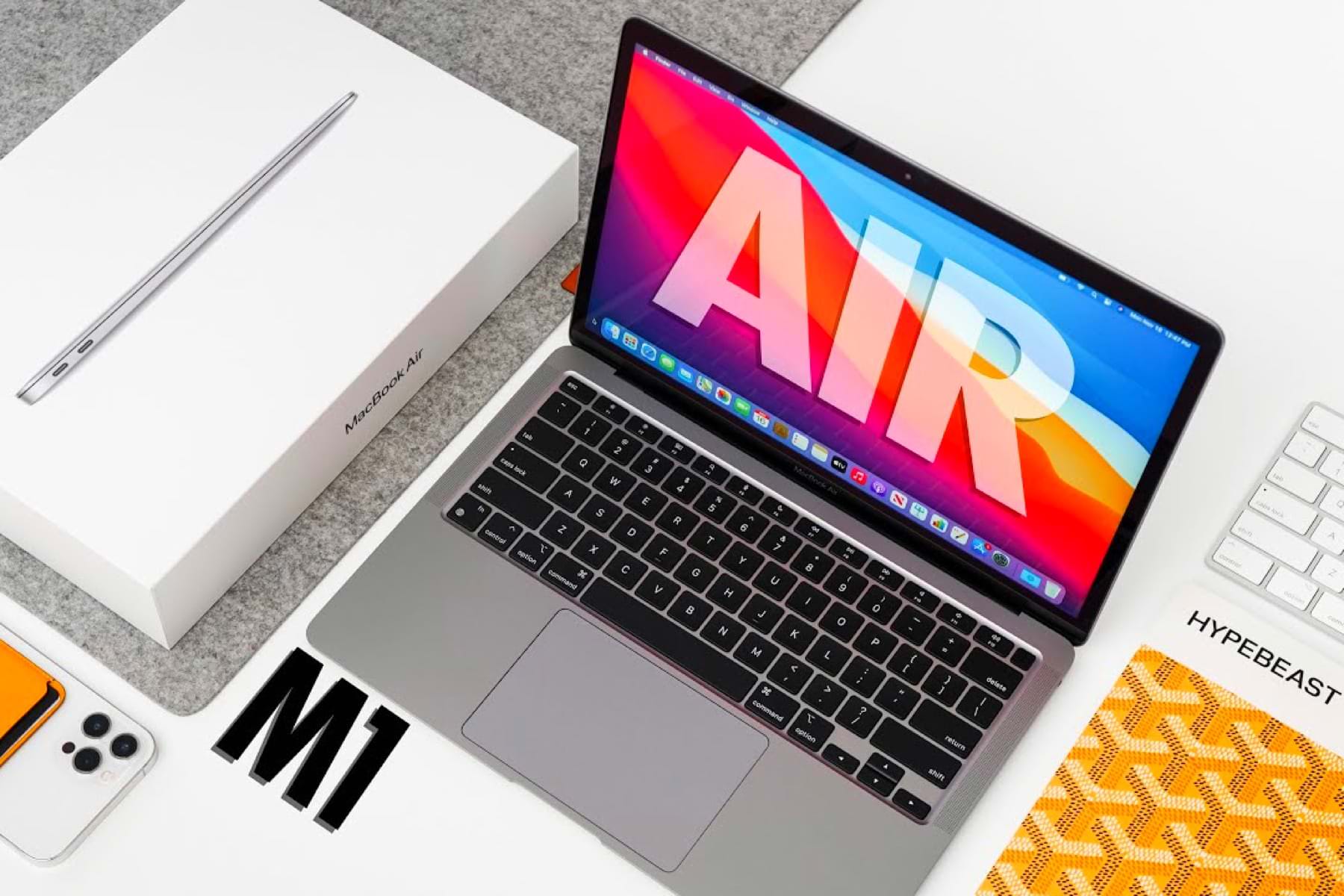
On the eve of the New Year, we finally got the last of the three computers on the Apple M1, released by the company after the November announcement. He is also the most intriguing. The MacBook Air belongs to the class of devices in which energy efficiency is especially important. After all, this is an ultra-compact laptop focused on maximum autonomy. However, until recently, the MacBook Air was still not intended for more or less serious work tasks, such as video editing, 3D modeling, etc. We didn't even run all the tests of our methodology on it. Now there is reason to assume that everything has changed. Is it really so? Let's check it out!
Recall that Apple has released three models on new M1 processors: 13-inch MacBook Pro, MacBook Air and Mac mini. Of these, the most expensive is the MacBook Pro, and the cheapest is formally the Mac mini. However, if we talk about a completely ready-made solution, then, obviously, the most affordable option is the MacBook Air.
Unlike the MacBook Pro line, in which models based on Intel processors are still available, the MacBook Air in the Apple online store is now sold only with the M1 chip. Therefore, those who are just going to buy such a laptop will no longer have to choose between Intel and ARM options. And yet, comparing performance with the previous generation is interesting, since many owners of old models will probably have a question whether it is advisable to switch to a novelty or wait another year or two. Let's try to answer this question.
So, the basis of this laptop chosen for video conferencing that came to us for the test is an eight-core single-chip system (SoC) Apple M1, in which four cores are high—performance, and the other four are energy-saving. Note that Apple does not even indicate the frequency of CPU cores in the operating system information.
According to the third-party benchmark Geekbench 5, it is 3.20 GHz, which is very good (in mass ARM processors for smartphones and tablets, it is usually below 3 GHz). Exactly the same information we saw in the case of the Mac mini, and the MacBook Pro Geekbench determined the CPU frequency as 3.18 GHz.
Recall that the main difference between M1, in addition to the architecture (ARM instead of x86), is that this chip includes everything you need at once: graphics cores (8 of them, 7 in a cheaper model), RAM (on the same substrate), and 16 cores of the Neural Engine machine learning system... But there is no eGPU support in the Apple M1, so you can't connect an external video card to a laptop, whereas in the case of Intel, this was quite possible. Discrete graphics in 13-inch MacBook Air does not happen at all.
The amount of LPDDR4 RAM in our model is 8 GB, the SSD capacity is 512 GB. This is the most expensive of the basic configurations with a price of $2000. From the youngest, for 100 thousand, it differs from an 8-core GPU instead of a 7-core and a 512 GB SSD instead of 256 GB. If, when ordering on the Apple website, you replace 8 GB of RAM with 16 GB, you will have to pay 20 thousand extra. For another 20 thousand, you can get a 1 TB SSD instead of 512 GB, and for 60 thousand — 2 TB.
HP 15 Envy 11th Gen Intel Core i5
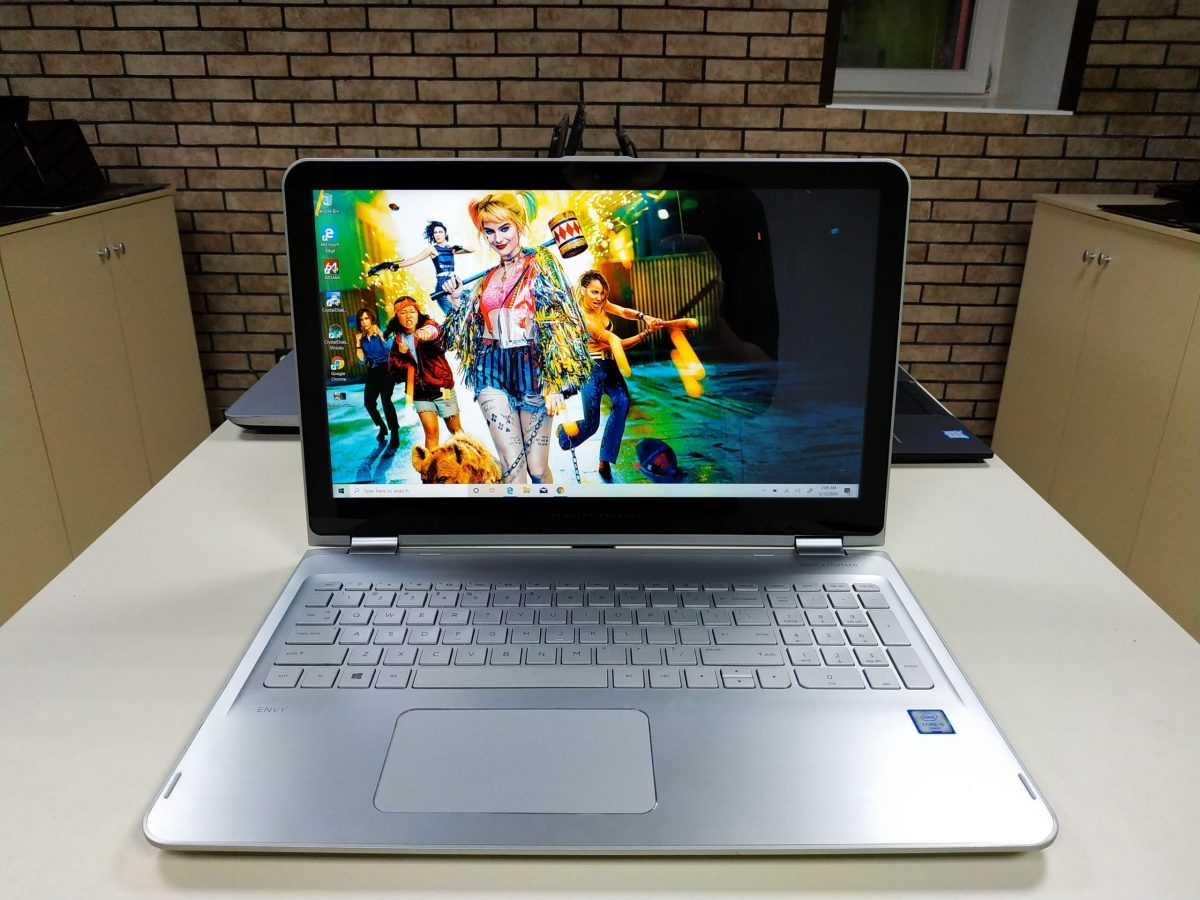
Full-fledged competition between Intel and AMD has returned to the laptop market, which will only benefit all of us. Because of this, we get more powerful and efficient devices. So, in 2020, AMD Ryzen 4000-series laptops, which are based on 6- and 8-core chips, received deafening recognition. Unprecedented performance that fits within the framework of a 15W thermal package and the beauty of a slim body. And what about Intel?
In an effort to reassure investors and bring back fleeing fans, Intel is announcing a new architecture called Tiger Lake in the fall of 2020. In fact, this is a very serious upgrade of the 10-nanometer technological process with the addition of a lot of improvements. We tell you what happened in the end, using the example of an HP Envy laptop.
A minimalistic set of connectors on the side faces becomes typical for modern laptops. HP Envy is equipped with an HDMI port, card reader, audio jack and USB Type-C with support for alternative modes of operation. One standard USB port is available after unfolding a special latch. It's almost impossible to get in blindly, so you have to lift the case, bend the latch with one hand and only then insert the flash drive. Inconvenient. At the same time, the second USB is normal, without any latches.
Graphics
One of the main features of the new Intel processors is called improved embedded graphics. The processor in the HP Envy laptop in question is equipped with an Intel Iris Xe video chip with 80 execution units and a frequency of 1300 MHz. With top-end processors, Intel promises up to 60 frames per second with Full HD resolution and calls the new embedded graphics a "revolution in the image." However, he does not say in which games this is possible.
In 3DMark tests, Intel's built-in video chip showed good results. In comparison of ultrabooks, there was a model on AMD Ryzen 5 4500U, too, with powerful integrated graphics. So, Intel Iris Xe loses to her in two tests out of three. However, the difference in numbers there is quite small. At the same time, a full-fledged comparison has yet to be made, since these are still different laptops. So far, this information is enough to get an idea of the good level of the new build-in from Intel.
A laptop with a screen rotation function will be taken by those users who need it. Transformability was not an object of study in this review. The focus was on the new Intel processor based on Tiger Lake. And the results were very good, despite the noise. HP Envy on Intel Core i5 of the 11th generation scored high in synthetic tests and showed itself confidently in working applications. If we take information from the comparison of ultrabooks, the Core i5 1135G7 is comparable to the Ryzen 5 4500U in working scenarios and games. Sometimes the difference between them was quite insignificant, and this is a big step for Intel in the field of thin laptops. Nevertheless, in order to draw the right conclusions, it is still necessary to conduct a full-fledged comparison of laptops from the same category on fresh Intel and AMD platforms, but there is already enough data for a preliminary positive assessment.
Lenovo ThinPad X1 Gen 1
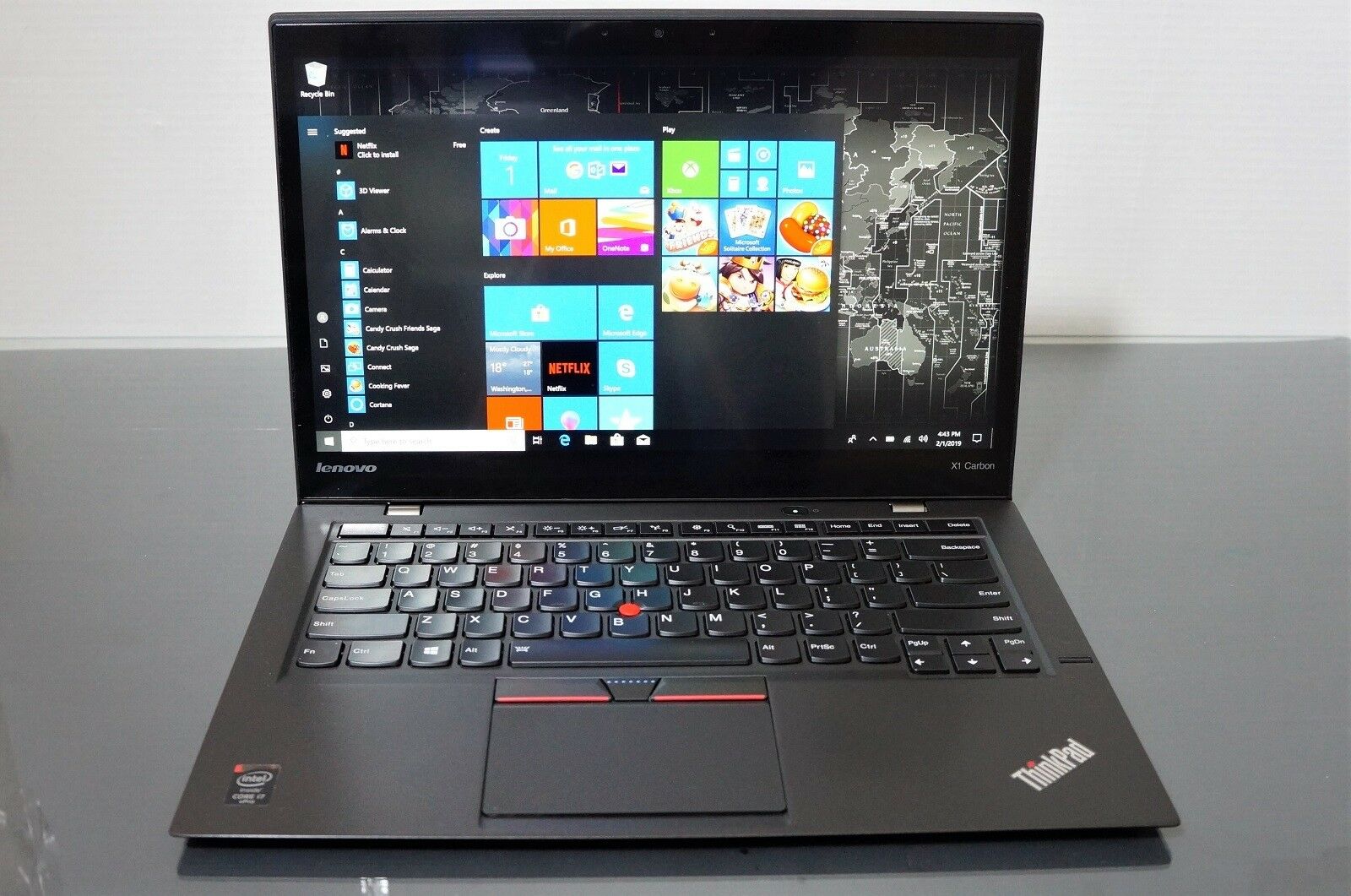
Lenovo Thinkpad X1 Tablet is being updated again, now we are offered a completely updated tablet laptop. The hybrid's screen has grown from 12 to 13 inches, as has the resolution to 3200×2000 pixels, although the 3:2 aspect ratio has remained the same.
Another significant change in the Thinkpad X1 Tablet was the transition to more powerful 15W processors, which are currently used in most ultrabooks. Now there is even an active cooling system here, since the quad-core processor gives out more performance.
Lenovo offers several configurations of this laptop for video conferencing. The third generation models received several variants of processors, RAM and SSD. The LTE module became an option. For example, the X1 Tablet 20KJ001NGE version came to my review, which is sold at a price of about $1200.
My hybrid had an Intel Core i5 processor, 8 GB of RAM and a 256 GB SSD. The more expensive model is 20KJ001KGE on a Core i7 processor, with 16 GB of RAM and a 512 GB solid-state drive.
Design
The updated X1 Tablet received the same matte-black case, which is why the new generation of tablets should not be confused with something else. Lenovo has installed a darkened ThinkPad logo with a red LED backlight on the back panel. Almost the entire front panel is occupied by a touch screen with Gorilla Glass protection.
The difference from its predecessors is immediately noticeable – the plastic frame under the screen has disappeared, however, the rest are still wide. The Lenovo ThinkPad X1 Tablet has no sharp edges, and therefore it fits comfortably in your hand. But, the old design had to be changed due to the active cooling system. A cooler grille appeared on the right side, and air intakes appeared on top.
The stand has also undergone changes. It is stable when opened from 30 degrees, more - the hinges do not withstand the weight. When closed, everything is held by a magnet. The maximum opening angle is about 165 degrees. To facilitate the operation of the stand, there are recesses on both sides of the case.
Keyboard
The Lenovo ThinkPad X1 Tablet keyboard is included in the package. Its thickness is only 5 mm, however, despite this, it is very strong – there were no creaks when twisting. It connects to the tablet at the bottom through the Pogo-Pin connector and two small hooks. The magnetic connection securely locks the keyboard, the tablet can be lifted without disconnecting it.
The ThinkPad X1 Tablet's side-mounted keyboard can easily be flipped onto the screen to protect the device during transportation. It can be installed in two positions: flat on the table or at an angle. However, the second option reduces the total area.
This is suitable if you use the device on your knees, but it's still not very convenient – the hybrid is quite dimensional (especially if the stand is open). However, this is the problem of all devices of this form factor.
Another problem is that the keyboard gets clogged very quickly and collects stains. And on both sides. Even after a short period of work, the periphery loses its attractiveness and needs to be cleaned regularly.
My X1 Tablet configuration weighed about 900g, the keyboard adds another 379g. As a result, the third generation of the hybrid turned out to be heavier than its predecessor. The weight gain can only be justified by the presence of a fast processor and an active cooling system. But if you compare this ThinkPad with other hybrids, then Lenovo will be the largest and heaviest. The reason is the big screen.
Dell Inspiron 15 2021 Premium 15.6"
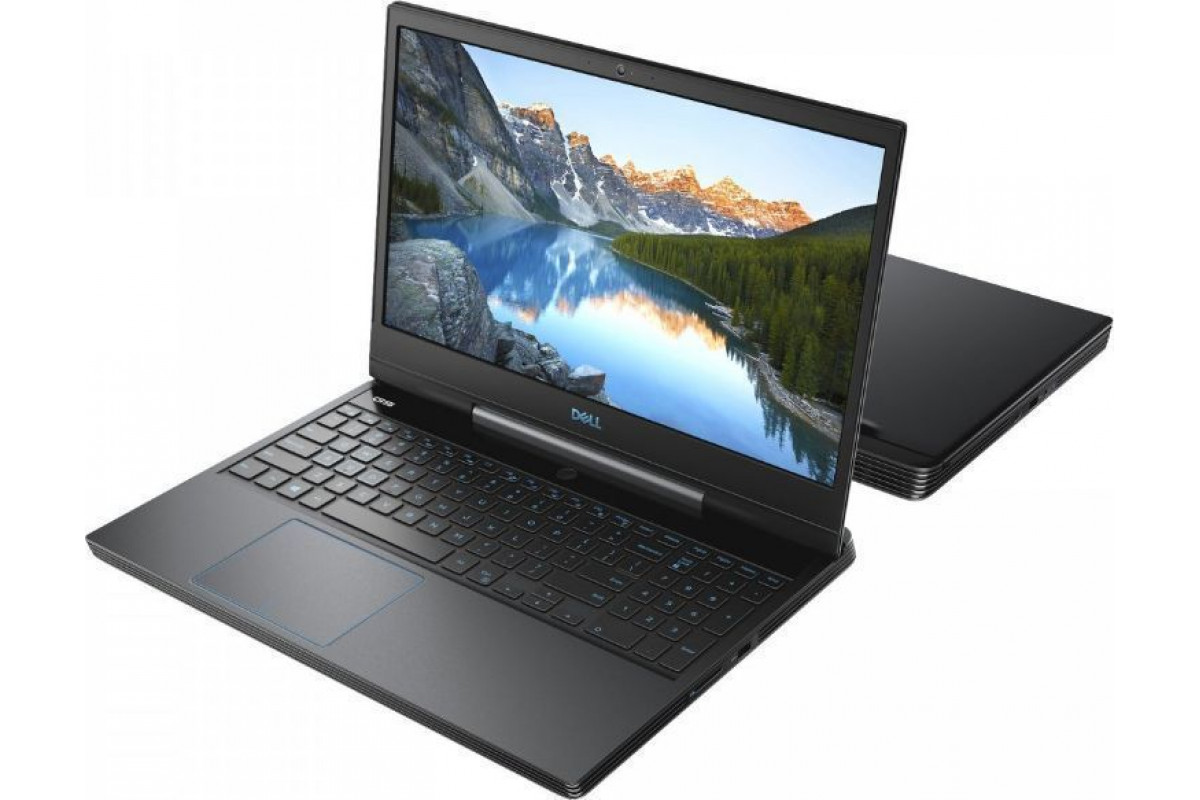
Package contents and packaging
The scope of delivery of the Dell Inspiron 15 3543 laptop is standard. It comes in a simple unpainted cardboard box, which is typical for Dell laptops. The package itself is minimal: in addition to the laptop itself, it is a 65 W (19.5 V; 3.34 A) power adapter and a service warranty memo.
So, the basis of our Dell Inspiron 15 3543-8208 laptop is a dual-core 14-nanometer Intel Core i5-5200U processor. This processor has a nominal clock frequency of 2.2 GHz, which in Turbo Boost mode can increase to 2.7 GHz. The size of its L3 cache is 3 MB, and the estimated maximum power is 15 watts. The Intel HD Graphics 5500 graphics core is integrated into this processor, the base clock frequency of which is 300 MHz, and the maximum (in Turbo Boost mode) is 900 MHz.
Note that Dell Inspiron 15 3543 laptops can also be equipped with Intel Celeron Processor 3205U and Intel Core i3-5005U processors.
In addition to the graphics core integrated into the processor, the Dell Inspiron 15 3543-8208 laptop also has a discrete Nvidia GeForce 820M graphics card. The most interesting thing is that the presence of this video card is not indicated on the American website for any of the seven models of the Dell Inspiron 15 3543 laptop.
There is only one slot for installing the DDR3L-1600 memory module in the laptop, and the maximum amount of memory is, respectively, 8 GB. In our case, a Micron 8KTF51264HZ-1G6N1 module with a capacity of 4 GB was installed in this (tablet) laptop for video conferencing, but there are also models in which an 8 GB module is installed.
Touchpad
The Dell Inspiron 15 3543 laptop uses a clickpad-type touchpad. Its dimensions are 105 ×60 mm, which is not enough by today's standards. The sensitivity of the touch surface does not cause complaints, but the stroke of the button is quite short, the operation is quiet, and the moment of pressing is not felt well. I also didn't like the fact that the touchpad itself is too far away from the front edge of the case (the distance between the edge of the case and the border of the touchpad is 3 cm). And when working with the touchpad, you constantly miss the buttons, trying to press them closer to the edge of the laptop.
Sound
The audio subsystem of the Dell Inspiron 15 3543 laptop is based on the Realtek ALC255 NDA codec, and two speakers are built into the laptop case. According to subjective feelings, the acoustics in this laptop are acceptable. True, the maximum volume level is too small, but there is no rattling.
Screen
The Dell Inspiron 15 3543 laptop uses a TN matrix manufactured by BOE with LED backlight based on white LEDs. The matrix has the identifier NT156WH. The resolution of the matrix is 1366×768, and its diagonal size is 15.6 inches. The matrix is not touch-sensitive, but has a glossy coating.
As you can see, we are talking about a cheap matrix with mediocre characteristics.
According to the measurements, the maximum brightness of the screen on a white background is 230 cd/m2. At the maximum brightness of the screen, the gamma value is 1.97. The minimum brightness of the screen on a white background is 14 cd/m2.
Lenovo Ideapad 3
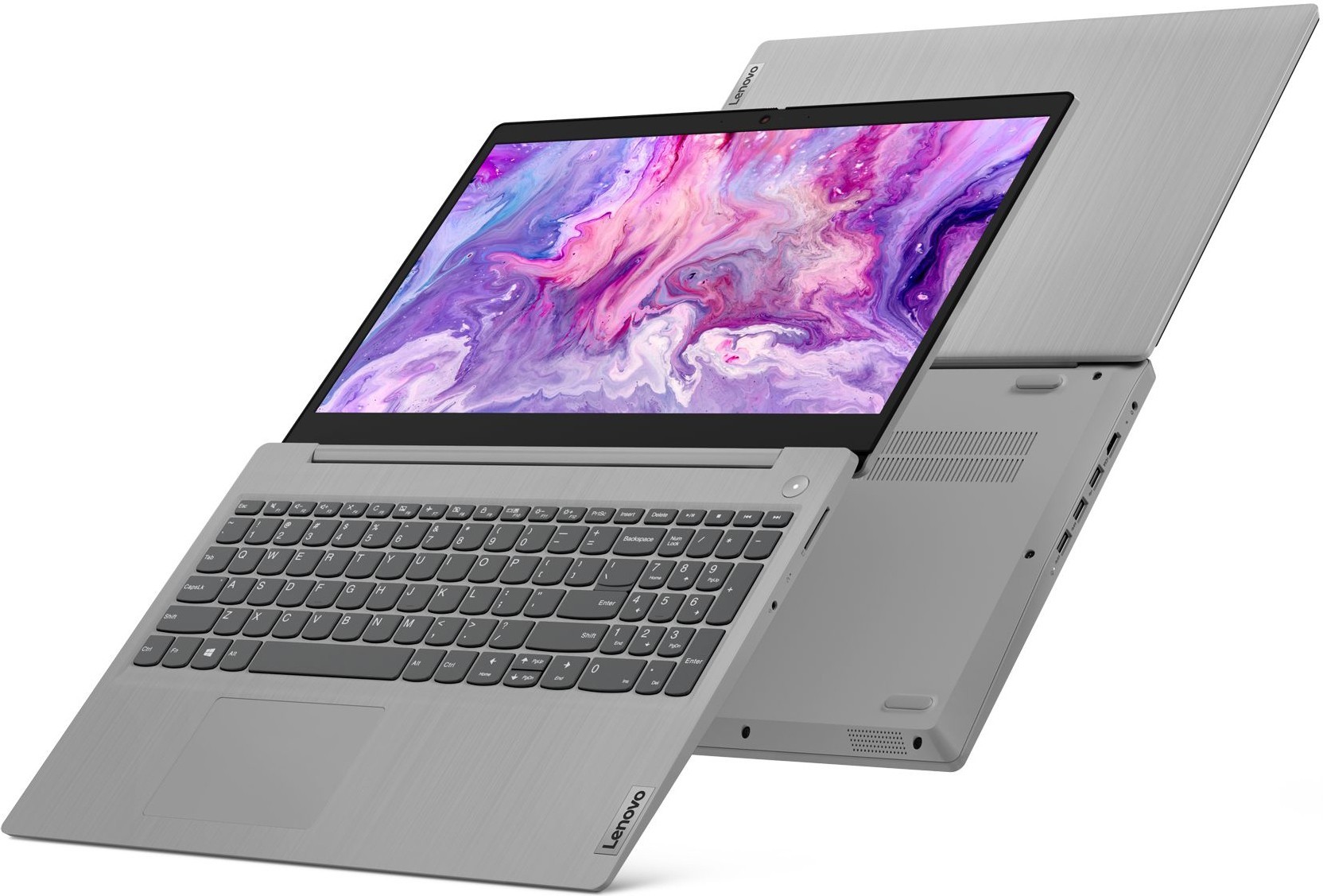
Screen
Everything is not bad here. We have an ips matrix with a Full-HD resolution with a diagonal of 14 inches. This means that we do not have the worst color reproduction, good viewing angles and colorful pictures.
Of the "disadvantages", only the refresh rate of 60 hertz can be distinguished, but this is a home laptop, so we do not consider it a disadvantage (in game models, the matrix update speed is important).
Power
It can be characterized by the word "acceptable". For everything here, a dual-core intel core i3 1115G4 processor with integrated intel UHD Graphics is blown away. The processor has good performance per core, but there are only two cores. As a result, a laptop is not suitable for heavy tasks.
This is also indicated by the graphics - #intel UHD is not suitable for game lovers, but at the same time it will be able to normally reproduce Full-HD and even (possibly) 4K content.
But the amount of RAM is fine here - as much as 8 gigabytes. Although the word "already" is not applicable here, since this is the minimum volume for a modern PC for home, but not 4 is already good.
The laptop also has an ssd drive installed, and this is good in terms of speed, but the volume is 256 gigabytes... In general, it is better to buy a USB-HDD right away if you need to store an array of vacation photos.
Usability
In other words - usability and autonomy. With the latter, the order is - although the Lenovo laptop for video conferencing does not work for long from the battery, when wearing it behind your back, the hump will form quite slowly (since the weight of 1.4 kilograms is a hood). The dimensions allow you to stuff it anywhere.
At the same time, the laptop, as they say, works up to 7.5 hours from the battery, in fact, it is good if it "lives" at least two-thirds of this period.
But the trouble with the ports is only two USB-A (of which only one is Gen 3.2), and one Type-C. I'm not saying it's not enough, but personally I need at least 4 ports (out of 3 in my laptop, so I just stopped connecting the stand).
Microsoft Surface 3
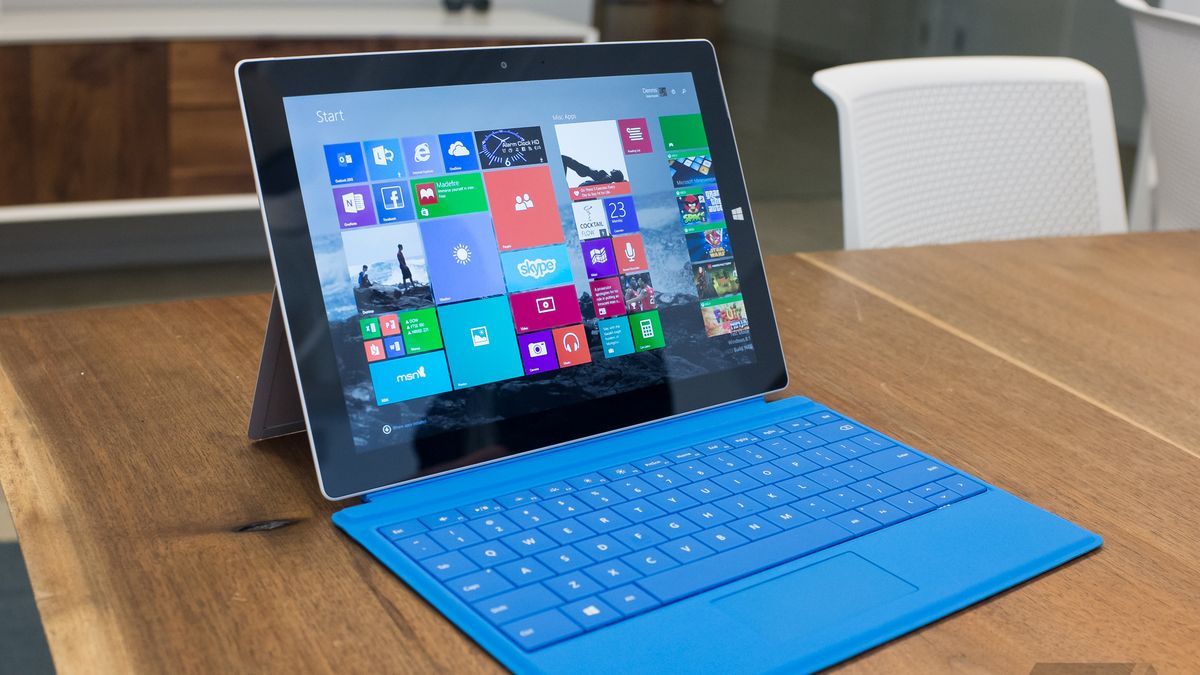
The "three" in the name of the tablet hints in plain text that this is the third generation of the device. Microsoft usually has at least a distant understanding of what the consumer wants by the third attempt, and the product turns out to be relatively suitable and understandable. As you know, the new president of Microsoft has taken a course on clouds and mobility, however, in a different sequence. Satya Nadella said this: "Mobile First, Cloud First."
It's not working very well with the Windows Phone platform so far, but there are some sales, albeit small, but with tablets it turns out quite badly. There are few of them on the Windows platform of any version, consumers do not like them, and Microsoft's attempt to create a reference device turns into a circus with horses, in which the honorable company acts as a horse.
The first generation of devices under the Surface brand was launched with great fanfare and promises that now the company has seriously taken up the mind. The devices were divided into two lines: Windows RT was on the inexpensive Surface, which disappeared by the third generation and, apparently, will soon be forgotten, since the company lost a couple of billion dollars on these devices in the second generation.
Models with the Pro console were initially released on the desktop version of Windows and did not enjoy any noticeable demand, which quickly led to their catastrophic cheapening. In the tablet market, the only product that was constantly getting cheaper was a tablet from Microsoft. The cost of the iPad before the release of the new model remained at the same level, but the Surface rolled down and down. But even at cost, these devices did not attract buyers, including in their home market in the United States.
Design, dimensions, control elements
The size of the device is 292x201x9.1 mm, weight - 800 grams. Larger than the MacBook Air 11, slightly smaller than the 13-inch model. It won't fit in every bag, it's definitely included in all the bags where I had ultrabooks before. In terms of size and weight, I don't see much difference with ultrabooks – you fasten the keyboard to the tablet, and it turns out about one kilogram. Ultrabooks may weigh a little more, but the difference is imperceptible. You compare it with half-kilogram tablets from Apple or Samsung, you realize that this is a different world and there is no smell of mobility here.
Screen
The diagonal of the screen is 12 inches, this is the largest “tablet" in the Surface line. The screen resolution is 2160x1440 pixels, 216 dots per inch. Curiously, the geometry of the screen has changed, instead of the usual 16:9, it has become 3:2. Tiles are perfectly displayed on such a screen, but not content – for example, videos. In most cases, part of the screen simply turns out to be useless, or you need to stretch the video and get distortion.
Battery
Inside this laptop for video conferencing there is a full-fledged version of Windows Pro, and the architecture from Intel is also used. It is necessary to estimate the operating time in relation to each specific configuration, it may differ markedly. At first, Intel Core i5 tablets went on sale – this is how I looked at the operating time. Playing videos with maximum screen brightness gives about 6.5 hours of operation. In standby mode, the device can live for a long time, it falls asleep - pressing the button does not immediately wake up the screen, it takes one or two seconds.
Asus VivoBook
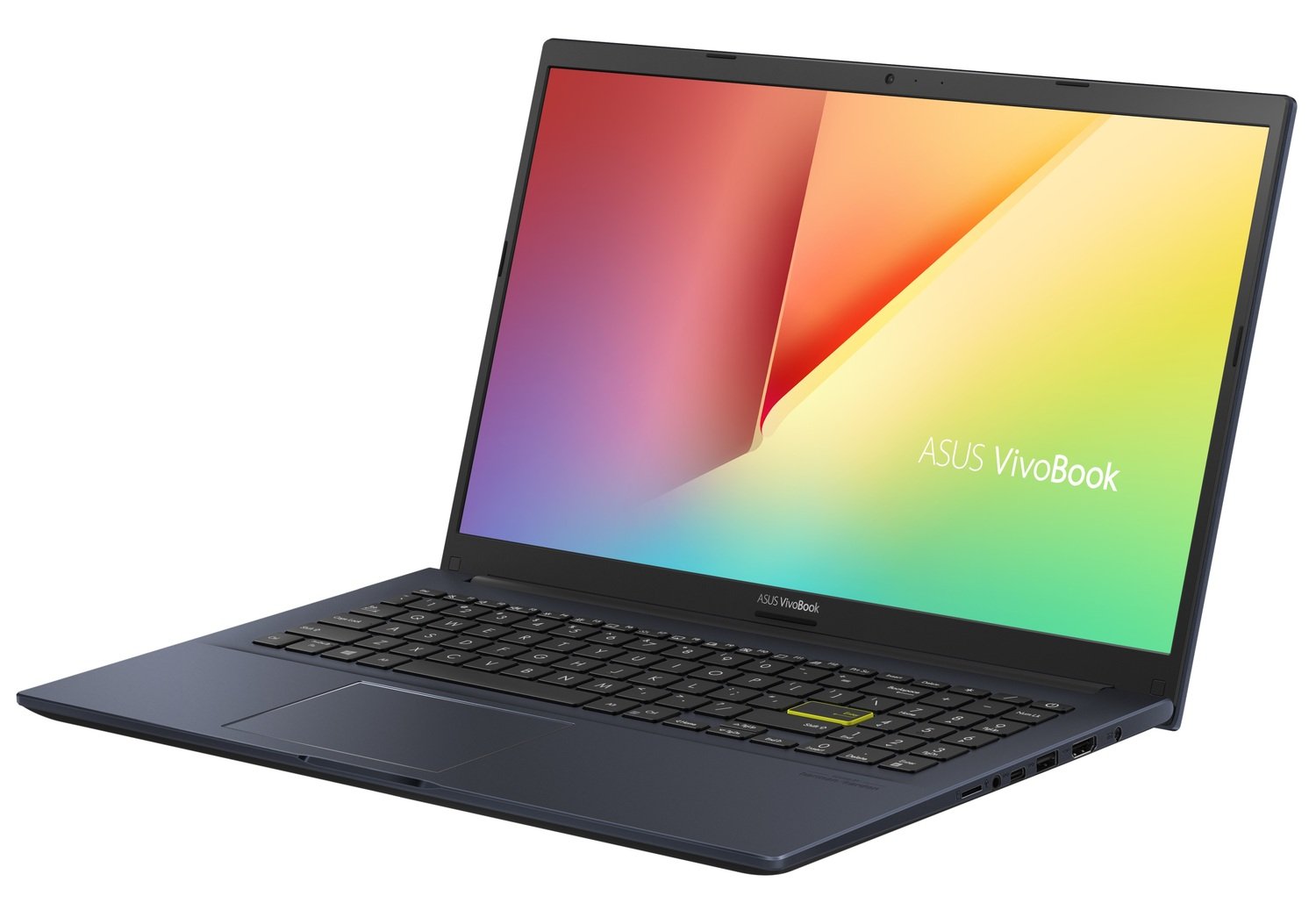
ASUS VivoBook 15 OLED. This is a classic universal laptop with excellent performance, a fast PCIe 3.0 drive, a wide range of ports and an energy-efficient AMD processor with a 7-nanometer process technology.
Design
The case is made of brushed brushed aluminum. For a 15.6-inch laptop, VivoBook has a fairly modest size – 35.98 x 23.53 x 1.86 cm. It was possible to cut off the extra centimeters due to the thin frames around the screen. ASUS calls them NanoEdge.
The weight of the laptop, depending on the configuration, is 1.7-1.8 kg. This is the standard value for this category.
According to the idea of marketers, VivoBook is designed for a younger and more cheerful audience than serious ExpertBooks or sophisticated ZenBooks. Thanks to this, the VivoBook series is always the most visually vivid. Unfortunately, the new models turned out to be a little more calm. In addition to the classic black and silver shades, there is also a Hearty Gold, which can literally be translated as a core-gold. In fact - rose gold.
OLED Screen
An OLED screen in this price range is the main advantage of a laptop. Flagship smartphones and ultra-premium TVs have long switched to OLED displays. However, for a long time manufacturers did not dare to use this technology in laptops because of the high price.
ASUS became one of the first companies to introduce laptops with OLED displays first in its premium segment, and now the VivoBook line, which is quite affordable for the average consumer, has received this technology.
OLED screens have several key advantages that everyone will appreciate.
Firstly, these are, of course, much brighter and richer colors. OLED screens are ideal for both creativity and content viewing. And the cinematic color gamut of DCI-P3 (100%) allows you to see the film exactly as the director intended and saw it.
The second thing that will immediately catch your eye is the perfect black color.
In OLED panels, black color is achieved by turning off the pixel, rather than mixing colors, as on IPS LCD screens. Thanks to this approach, the contrast and clarity of the image immediately increase.
By the way, OLED screens are ideal for playing movies with an abundance of dark scenes. Where there was gray haze on the IPS screen, there will be a clear picture on the OLED screen. You will want to watch some movies again. The screen, by the way, is certified DisplayHDR 600 True Black.
And, of course, the point-by-point shutdown of pixels allows you to get rid of the glare that even the best IPS screens suffer from.
Keyboard and touchpad
ASUS engineers did not experiment and made a keyboard with a classic layout, which will be appreciated by everyone who is looking for a laptop for work or study. The laptop has an island keyboard with a good distance between the buttons, an optimal key stroke depth for long-term printing (1.4 mm) and a separate numeric block.
A bright stroke is the Enter key highlighted in color. Just for beauty. There are no secret functions here.
Productivity and mobility
In terms of performance, we have a sample of a modern ultrabook ready for almost any task.
AMD Ryzen 7 5700U is responsible for performance. This is an 8-core processor (16 threads), made using 7 nanometer technology, which makes it very energy efficient. Despite the fact that the battery in the laptop is not the largest, 42 Wh, the user will get 6.5-7 hours of real work. At maximum load, the laptop will be discharged in about 1 hour and 10 minutes.
Along the way, it is impossible not to note the low noise level, which even under load does not exceed 45 dB.
Acer Chromebook R11 Convertible
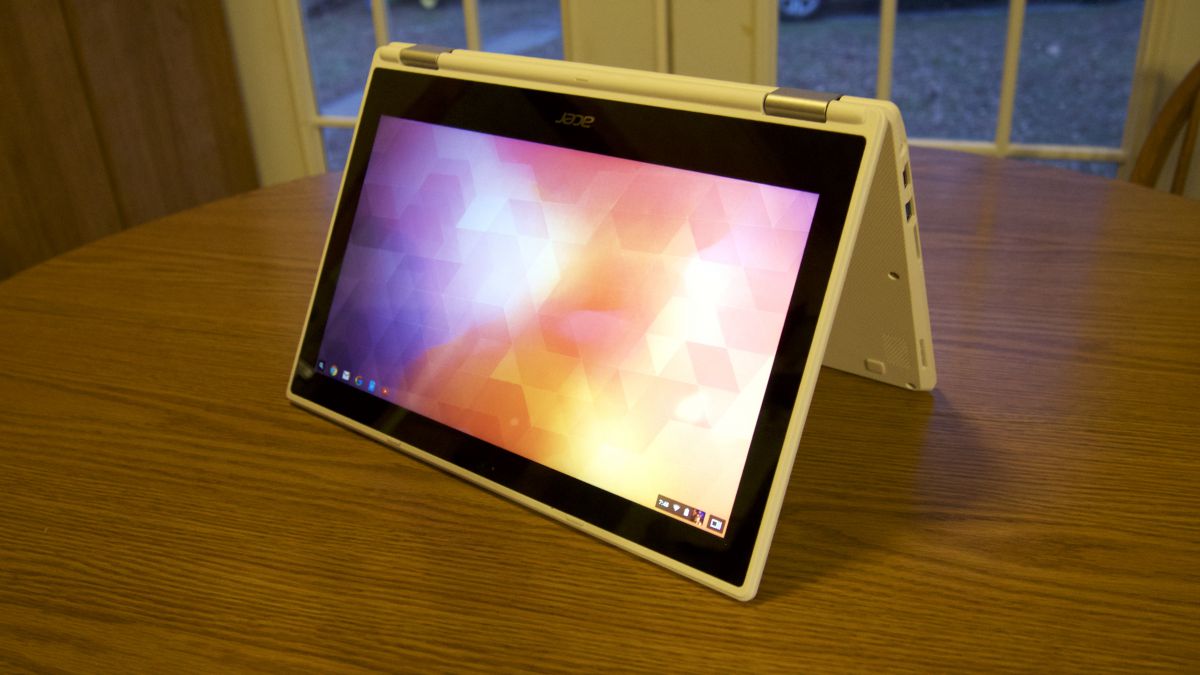
Devices called Chromebooks are not like other laptops. Historically, they were perceived as a means of direct access to the Chrome browser. Thus, previously their functionality was limited to what could be done on the network. At the moment, the situation has changed a little: most Chromebook laptops are compatible with Android applications: they can be downloaded from the Google Play Store. And the Acer Chromebook R11 is no exception.
In fact, the model surpasses its competitors because of its 360-degree hinge, which most Chromebooks are just starting to use. The Acer Chromebook R11 laptop is not equipped with the most powerful processor of our time or an incredible amount of RAM, however, it does not need high-end features, since the Chrome operating system does not require them for smooth operation, which seems to be an important point for those who looks for the best laptop for video conferencing.
Design
The Acer Chromebook R11 has a thin plastic case with a matte finish. The laptop cover is made of textured white metal, pleasant to the look and touch. In fact, the texture extends to the entire exterior of the laptop, making it convenient to hold when carrying. The decor is minimal, however, the texture in the form of a "lausange" weave gives a white piece of plastic a special style. The design of the Acer Chromebook R11 is far from unique and perfect, but it cannot be called boring.
Specifications
In terms of performance, the Chromebook R11 is on a par with the rest of the Chromebooks on the market. The machine is powered by a quad-core Intel Celeron N3150 processor with a frequency of 1.6 Ghz. Configurations with 2 or 4 GB of RAM are available to choose from. The amount of internal memory is 32GB, which may not seem enough. But do not forget that you are unlikely to store tons of files there. It is also worth noting that when you buy a laptop, you get 100 GB of free space on Google Drive, so you will have enough space to store data in the cloud.
Efficiency
Even with a dozen tabs open, the Acer Chromebook R11 works fine, except for a few minor hitches. The combination of an Intel Celeron N3150 processor and 4GB of RAM allows the device to work smoothly even when working with Google documents played against the background of YouTube videos and downloaded tracks from Google Play Music.
FAQs
How Much RAM Do You Need For Video conferencing?
RAM is an important factor in laptops as most of the programs run on them. In our experience, 4 GB of RAM is enough to run any online meeting application such as Zoom or Google Meet.
What's the best laptop for Video conferencing?
These days, Zoom is the best app for web conferencing or study purposes. You can use any Zoom laptop with at least 4GB of RAM and a good camera. If you're planning on purchasing a new laptop, check out the products we've added above as these are the best zoom options.
Which laptop is best for online meetings?
The camera and RAM are the main factors to consider before purchasing your online meeting laptop. If you're on a good budget and looking for a high-end device, check out the Apple MacBook Pro for the best results.
Best laptop for video conferencing: Summary
The COVID-19 pandemic has drastically changed our lives. And even more surprising was the change in the working environment. Millions have started working remotely, and for this it is very necessary A laptop in good condition, which allows you to make video calls in good quality.
Mainly because video calls have replaced off-line meetings. Not to mention how we are used to making video calls to our friends and loved ones. Of course, while it's true that any minimally decent laptop includes a webcam for video calls, there are a number of factors to consider in order to get the best picture quality.
With the transition to remote work and self-isolation, it is especially important to maintain the productivity that we are used to on working office PCs. When choosing a laptop for video conferencing, you should look towards universal models that allow you to work comfortably and have fun at the end of the working day. A model with a productive discrete GPU can become such a universal solution. What criteria to look for when choosing a laptop and which models are well suited for video conferencing, we tell in this material.

